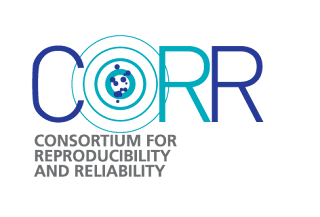A Time of Computational Neuroscience Coming
Today is the first day of 2010. I closed reading an excellent review paper "Computational and dynamic models in neuroimaging" which was in press in NeuroImage. In this review, from a perspective of mathematical modeling, Dr. Friston summarized those efforts on modeling brain's function and biophysics, which have extensively enriched the neuroimaging data exploration. Of particular importance, computational neuroscience now is tending to unify the resting-state and stimulus-invoked brain, which is an extremely important transition of neuroimaging research to go beyond understanding the human brain whatever rest or task involved. We can predict, in the future (e.g., see 2010 :), that the mining schemes from computational neuroscience, machine leaning and game theory will become pretty strong for both brain mechanism and prediction. In practice, two things might attract researchers:
Keyword: resting-state brain, free energy, game theory, machine learning, mathematical model.
- to develop a unify measure on brain dynamic, which means that the relevant measures should intrinsically reflect the dynamical process in the brain. (e.g., using the parameters from DCM or neuro-massive models, which hopefully can be solved out as in an inverse problem frame);
- to apply these schemes in various applications including theory of mind, cognitive components and their interactions, clinical diagnosis, etc.




Comments
Post a Comment